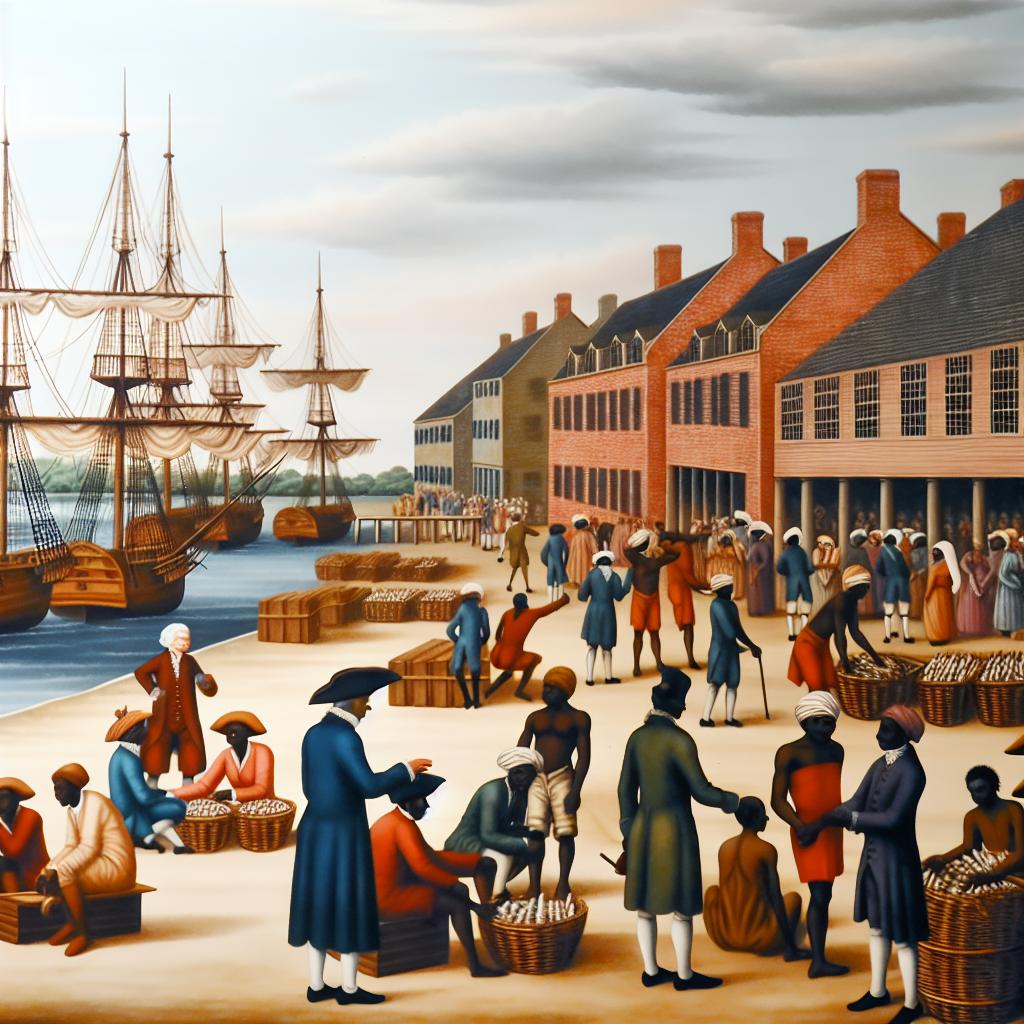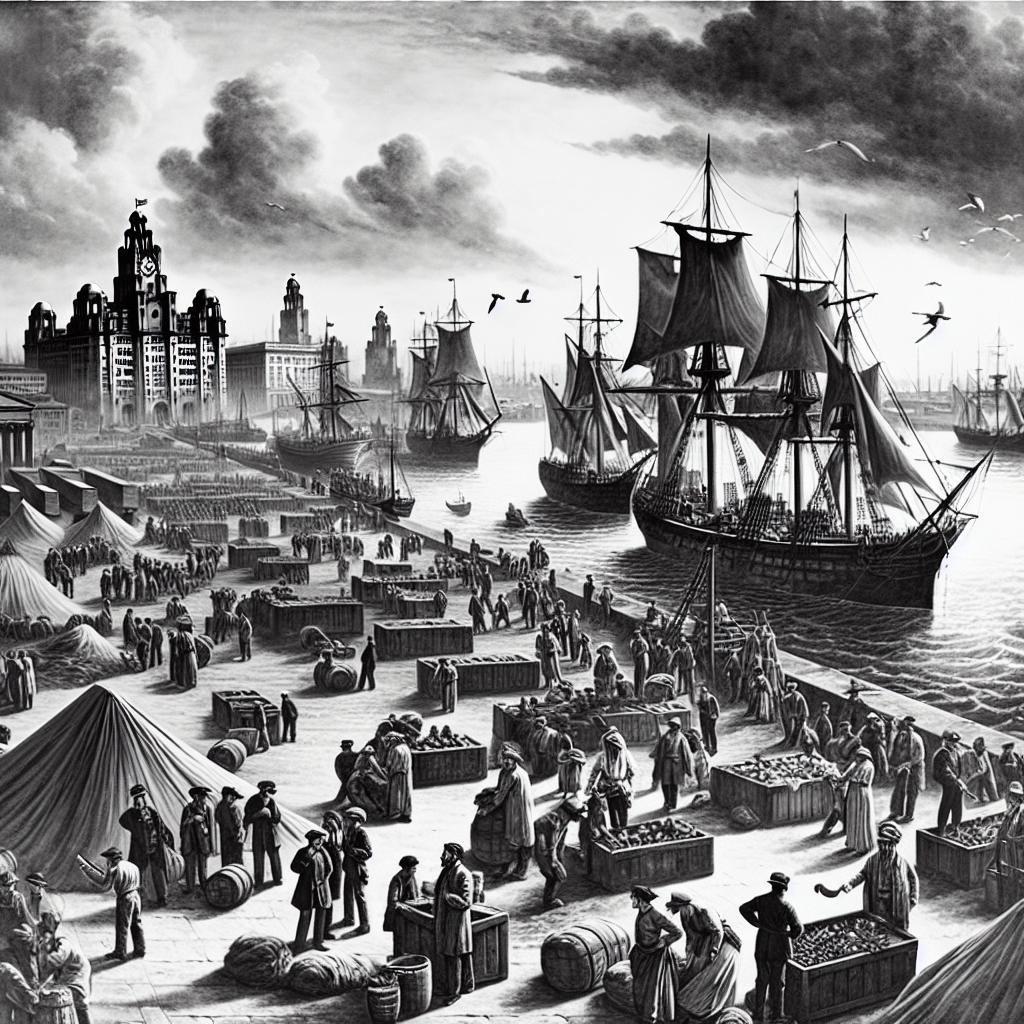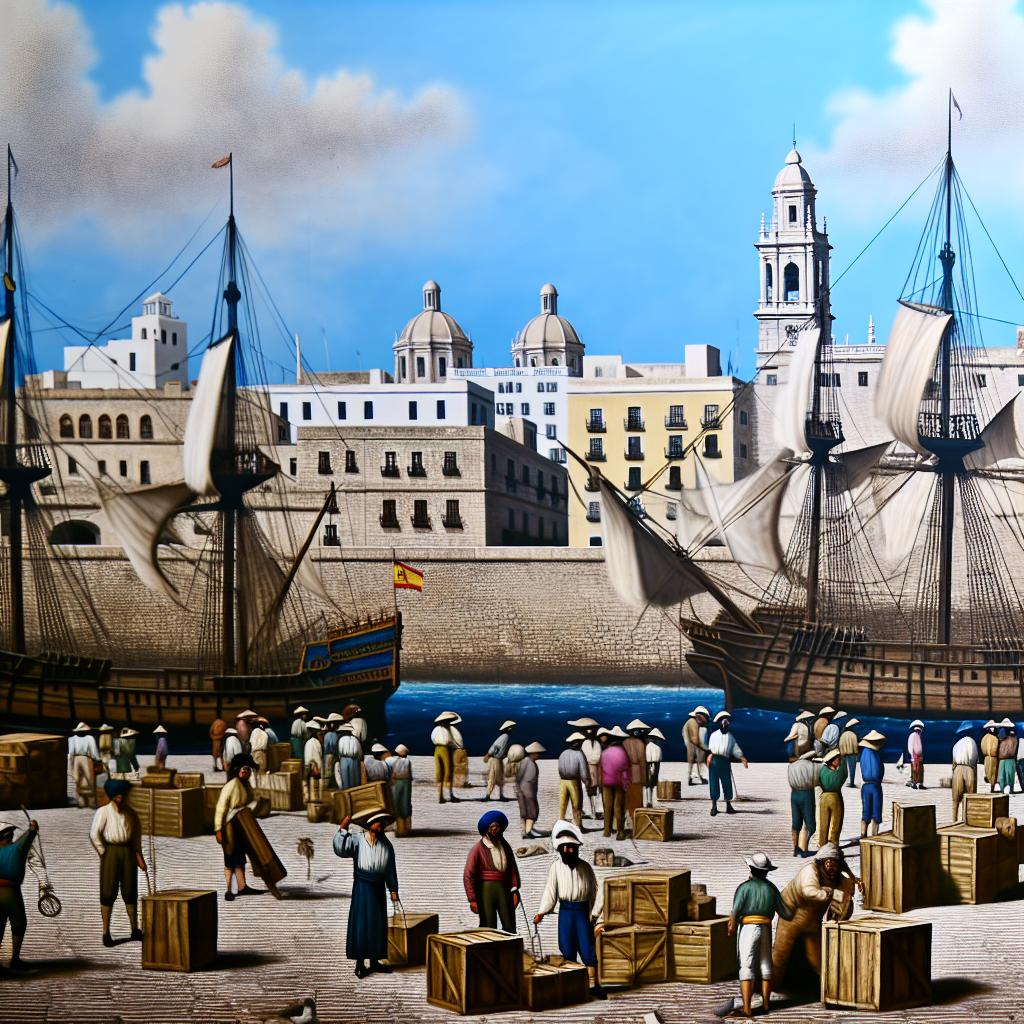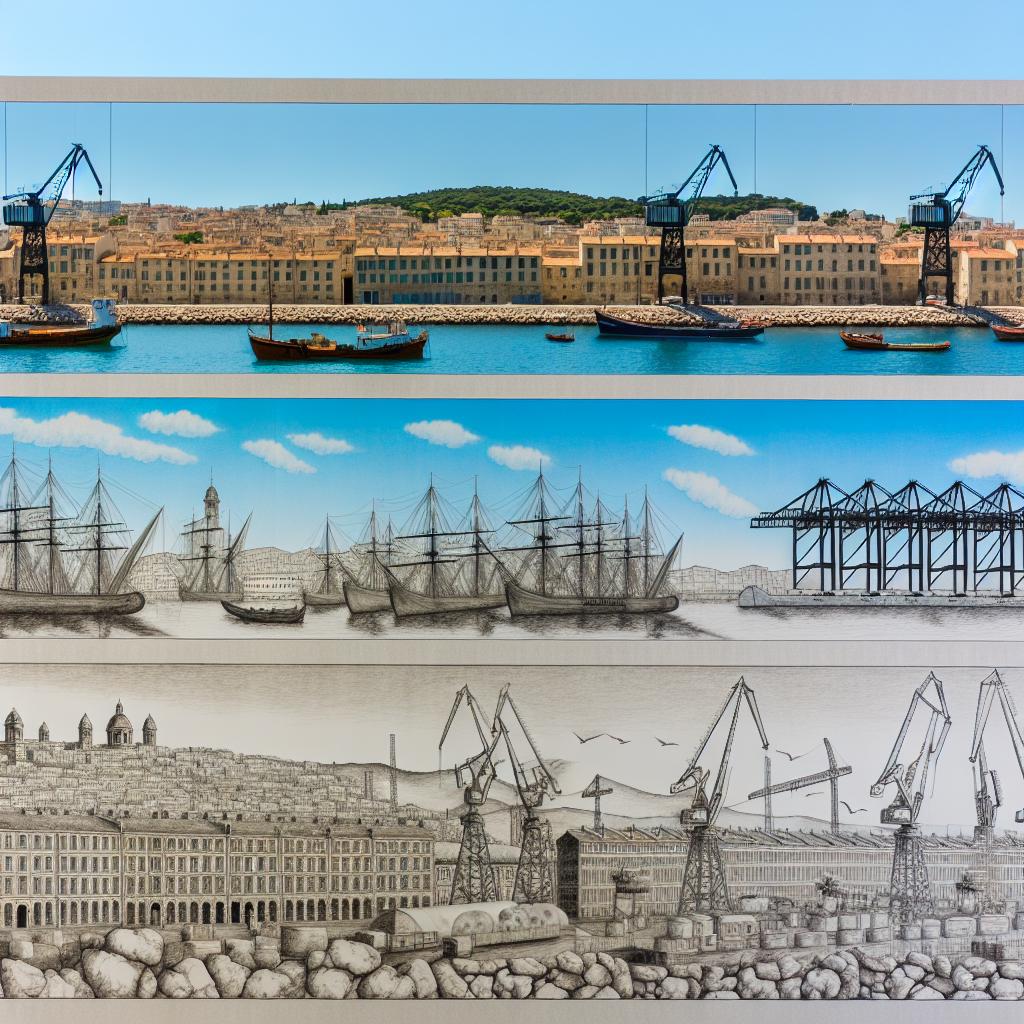Historical Significance of the Port of Genoa
The Port of Genoa, distinguished as Italy’s oldest seaport, exhibits a profound historical narrative that is intricately interwoven with the annals of maritime commerce. Its establishment by the ancient Ligurians and subsequent elevation to prominence during the Roman era underscore its pivotal role in shaping economic and cultural exchanges across the Mediterranean Sea, influenced heavily by its strategic location along key maritime routes.
The port’s emergence as a significant maritime hub can be attributed to its ability to function as a critical node where varied civilizations convened for commerce. From its foundational years, Genoa’s harbor facilitated not only trade but also the exchange of cultural and technological ideas, contributing to the evolution of Mediterranean societies.
Economic Importance
In contemporary times, the Port of Genoa continues to be an indispensable component of Italy’s economic framework and the broader Mediterranean maritime network. The port’s modern operations manage a considerable proportion of Italy’s maritime trade, underscoring its significance in national and regional economies. The variety of goods processed at this bustling seaport covers a broad spectrum, including containerized cargo, bulk goods, and petroleum products. This robust economic activity lends support to a multitude of industries, highlighting the port’s integral role in the economic advancement of both regional markets and the national economy of Italy.
The port’s success in handling such diverse commodities can be attributed to its comprehensive logistics operations and advanced handling facilities. These capabilities ensure smooth and efficient transit of goods, enhancing Genoa’s status as a leading trade center in the Mediterranean region.
Infrastructure and Modernization
To maintain its competitiveness in the increasingly globalized trade environment, the Port of Genoa has witnessed substantial infrastructure development and modernization over the years. These enhancements have empowered the port to support growing demands such as accommodating larger vessels and managing increased cargo volumes. The establishment of state-of-the-art terminals catering to various types of cargo ensures high efficiency and reliability in port operations.
The upgrades are part of a strategic vision that positions the Port of Genoa not merely as a transit point but as a modern, multifaceted logistics hub capable of scaling operations in tandem with global trade trends. This ongoing modernization effort underscores the port’s commitment to maintaining its pivotal role in Italy’s maritime activities.
Role in Global Trade Networks
The Port of Genoa functions as a vital cog in both European and global logistics networks, crucially linking Northern Italy with myriad international markets. By acting as a premier gateway to the Mediterranean and extending connectivity to Northern and Central Europe, Genoa plays a pivotal role in the seamless integration of Italian manufacturers into global supply chains.
Genoa’s strategic positioning facilitates the efficient movement of goods, aligning with broader international trade networks that comprise myriad shipping routes and logistics channels. As a consequence, the port contributes significantly to the optimization of transportation costs and the reduction of transit times, ultimately boosting the global competitiveness of Italian exports.
Cultural and Tourist Attraction
Beyond its undeniable commercial importance, the Port of Genoa is a cultural and historical beacon that captivates tourists and history enthusiasts alike. The port area provides a window into Genoa’s rich maritime heritage, offering a vibrant blend of historical narratives and scenic views of its captivating waterfront. Visitors are drawn to the array of heritage sites, museums, and culinary establishments that populate the vicinity of the port, each representing a facet of the city’s distinctive maritime identity.
In particular, the area’s cultural attractions reveal the historical layers of Genoese life, providing insights into the port’s evolving role over centuries. This amalgamation of historical allure and modern vibrancy ensures that the port remains a nexus of cultural engagement and exploration, attracting diverse visitors keen to experience Genoa’s legacy.
In essence, the Port of Genoa transcends its function as a mere conduit for goods; it stands as a monument of Italian heritage, steeped in a rich maritime tradition while actively participating in the modern dynamics of global maritime commerce. The strategic efforts to modernize and broaden its capabilities underscore its continuing importance, reinforcing its role as an essential fixture in both the economic and cultural fabric of Italy. By intertwining its storied past with cutting-edge operations, the Port of Genoa exemplifies resilience and adaptability, ensuring its role as a linchpin of Mediterranean trade for generations to come.




